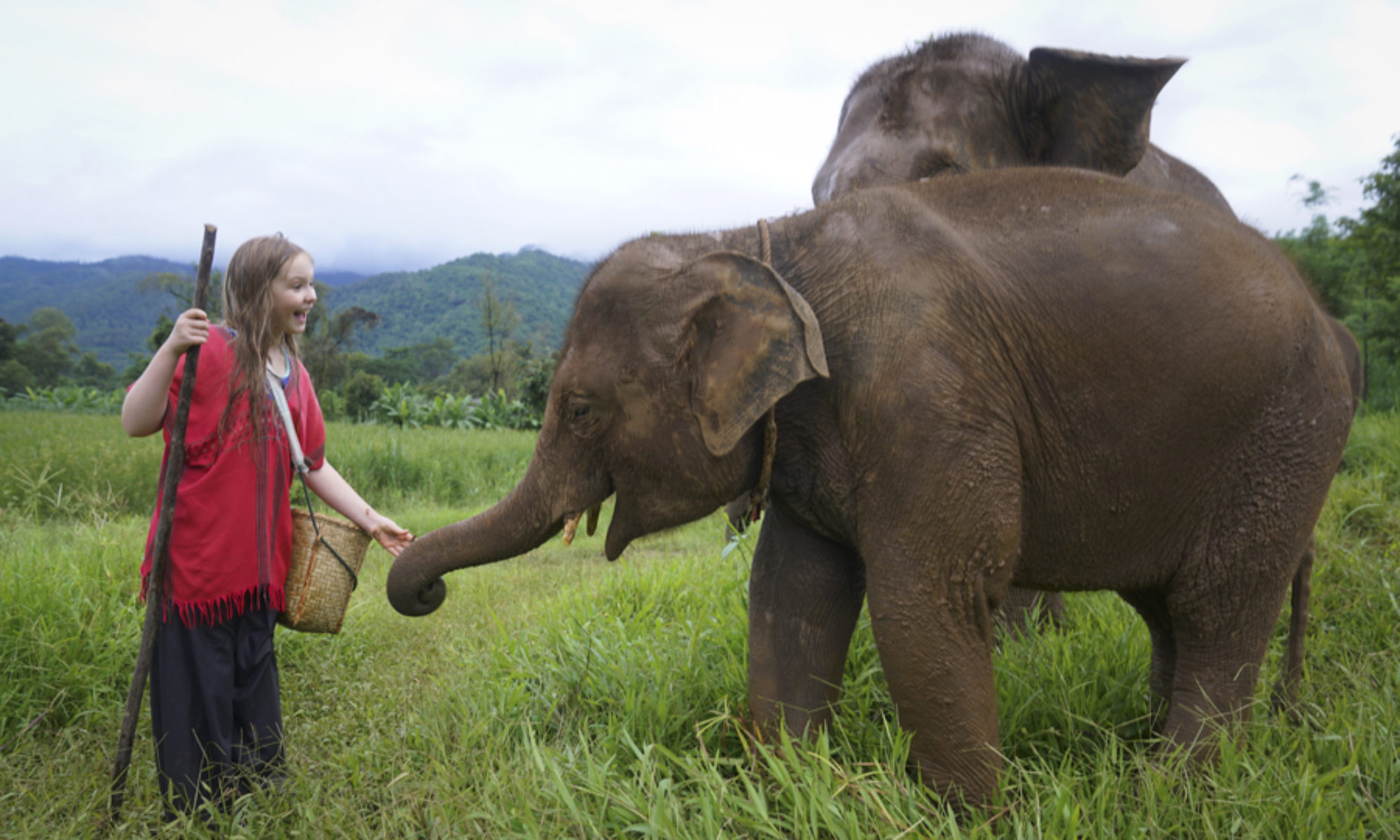
Although it seems that a part of us will forever be trapped at the Bolivian Hotel California, we finally bid Coroico adieu.

Our route to the Amazon avoided Bolivia’s infamous Death Road, which is now used mostly by mountain bikers, but given the sheer drops, lack of guard rails and the muddy surface, our road did not exactly inspire confidence. We were promised professional drivers, but they ended up being kids in their early 20’s. One was barely as tall as Elise. The other wore a crop shirt that said “Bridesmaid”. The Swedish physicists in the back seat were completely unfazed, but I was wide awake the entire journey, which started at 5pm to bypass road construction during daylight hours and ended at 4am.

Three hours into the journey, we stopped to get fuel and food in a tiny, but blaring, one-road town. All of the kids were scampering around to catch slow-moving, apparently edible insects called Tuho. One little girl was busy chopping off their blueberry-sized abdomens with a bottle cap. She offered us a sample but none of us was brave enough to try it – not even the Swedes.


Our “real” food was not much more appetizing – French fries served up in a sweltering, cement-walled, fume-choked, roadside restaurant bathed in green flourescent light. I could hardly have been more uncomfortable. The Swedes took it all in stride, however, and were as relaxed as if they’d been sipping Glogg at a spa.

It was a relief to me to get back into our vehicle. But there were more adventures ahead. The hundreds of enormous potholes finally took their toll and a tire blew. Our driver adeptly pulled to the side of the road and the two guys got right to work replacing the tire. Meanwhile, all of the ladies required a bio break. We were miles from any restrooms, however, so we opened the curbside doors and stood guard on either side as each one of us went – camping-style. Elise, who has been particular about proper restroom etiquette since she was a little kid, was appalled. But nature called and she eventually followed suit. It was a revelation to her and she kept saying: “I can’t believe I can go to the restroom outside!” Fortuitous timing given upcoming plans to trek in Patagonia.
A few hours later, we found ourselves in a muddy, four-lane traffic jam, sandwiched in between 18-wheelers and cement-mixers. Shorty saw an advantage and tried to squeeze ahead, but the vehicle to our left also moved forward. The mirror on the driver’s side was smashed to the ground and we got stuck. After inching backwards to the sound of scraping metal, Bridesmaid jumped out and shouted directions until we could maneuver into a “proper” lane. He then picked up the mirror and brought it inside the car. Sad sounds in Spanish came from the front seat. Meanwhile, in the back seat, the Swedes were cracking physics jokes until Miriam finally said: “Not everything is about pressure, Frida.”
Given the lack of road markings along much of our route, it came as a surprise that the final stretch of road into Rurrenabaque was perfectly straight and smoothly paved and had an excessive number of signs (all with the same information), reflectors, and street lights. I am guessing that the road construction company was paid not by the mile but by the number of peripherals installed.
Finally, at 4am, we arrived at our hotel and unloaded our gear. Blown tire and smashed mirror aside, the drivers had done a pretty good job, so I gave them a tip. They looked at me without comprehension.
Elise was cranky and immediately hated the hotel. The curtains did not fully cover the large windows (which we later discovered faced the river) and she saw a large insect scuttle in and out of the room on the ceiling. Poor thing lay awake, staring, waiting for Gregor to return.























You must be logged in to post a comment.